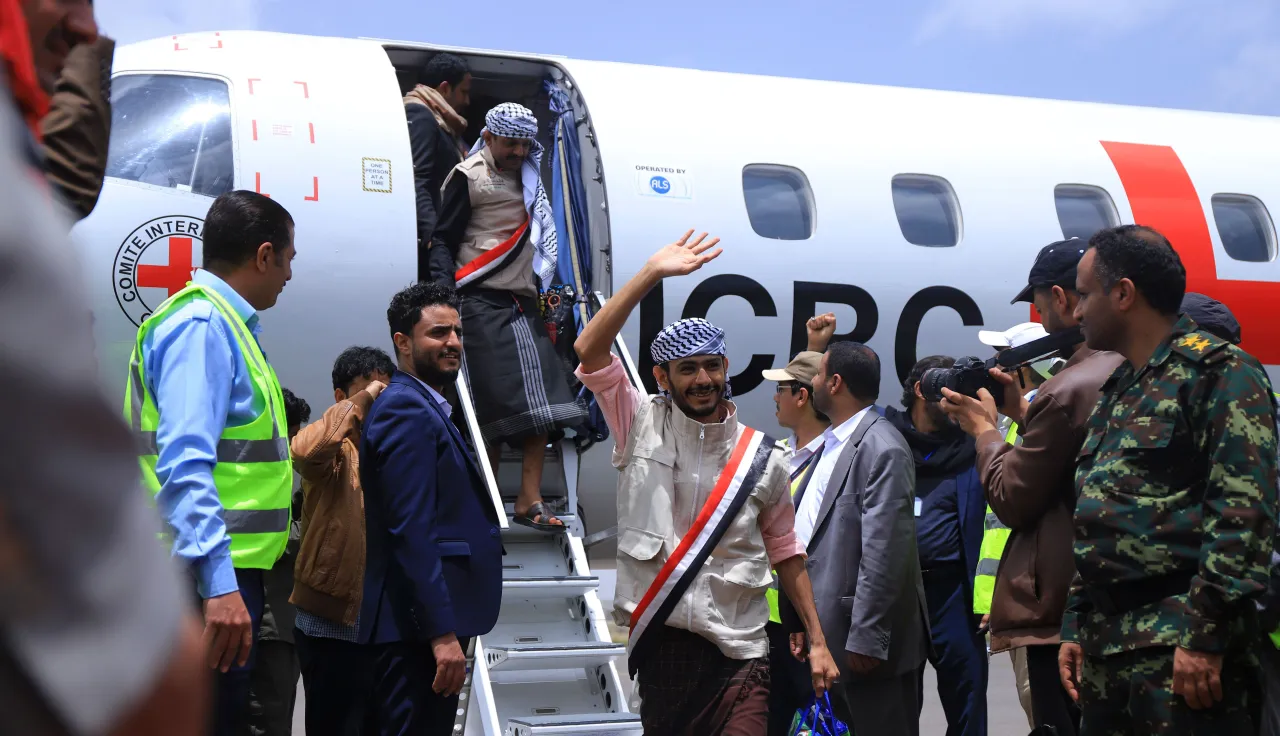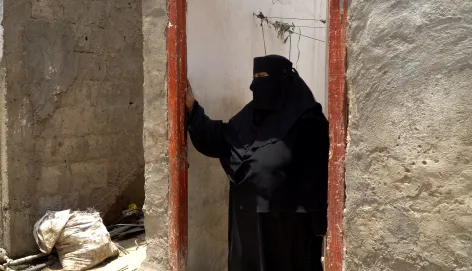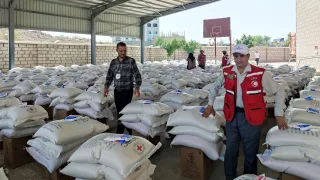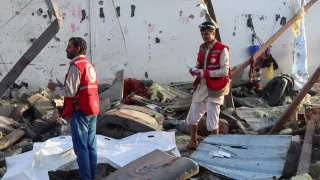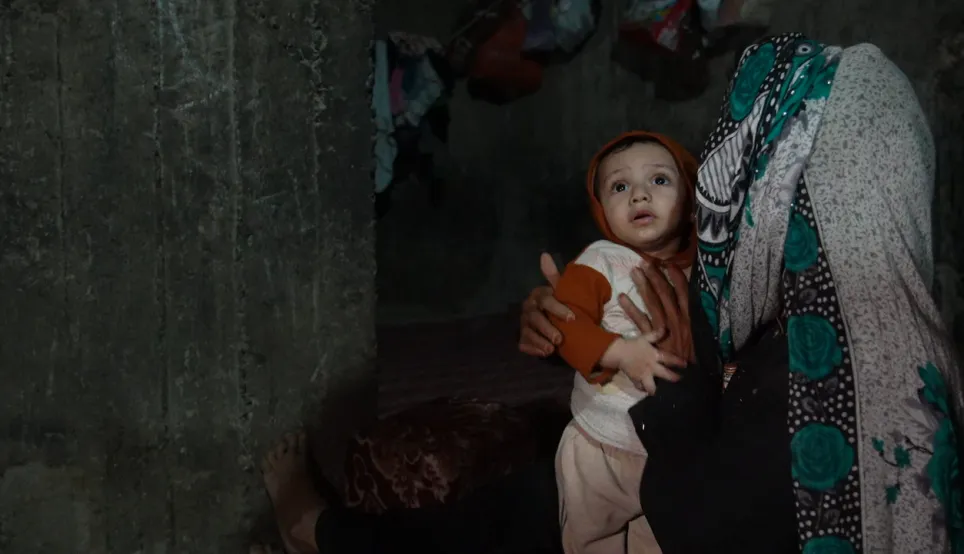Our work in Yemen
Years of armed conflict, other violence and economic hardship have exhausted people's capacity to cope and driven all essential services nearly to the breaking point. The humanitarian situation is worsening, with 70% of the population reliant on humanitarian aid to survive and more than 80% of Yemenis living below the poverty line (2023 figures).
The ICRC has been in Yemen since 1962, providing aid in collaboration with the Yemen Red Crescent Society. We focus on projects improving health, water and sanitation in vulnerable communities; helping people to become financially independent; organizing the return of detainees; and clearing areas of explosive remnants of war.

